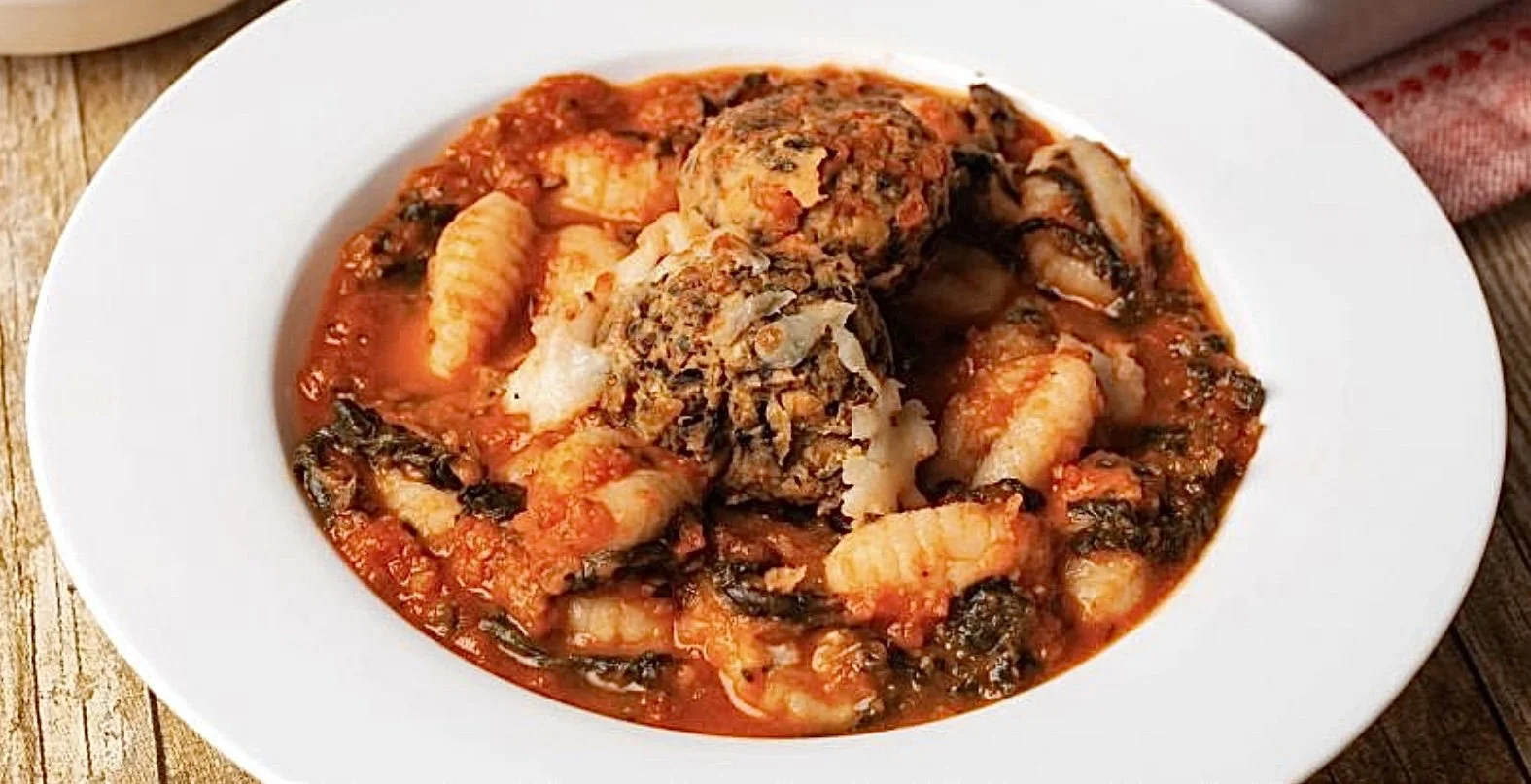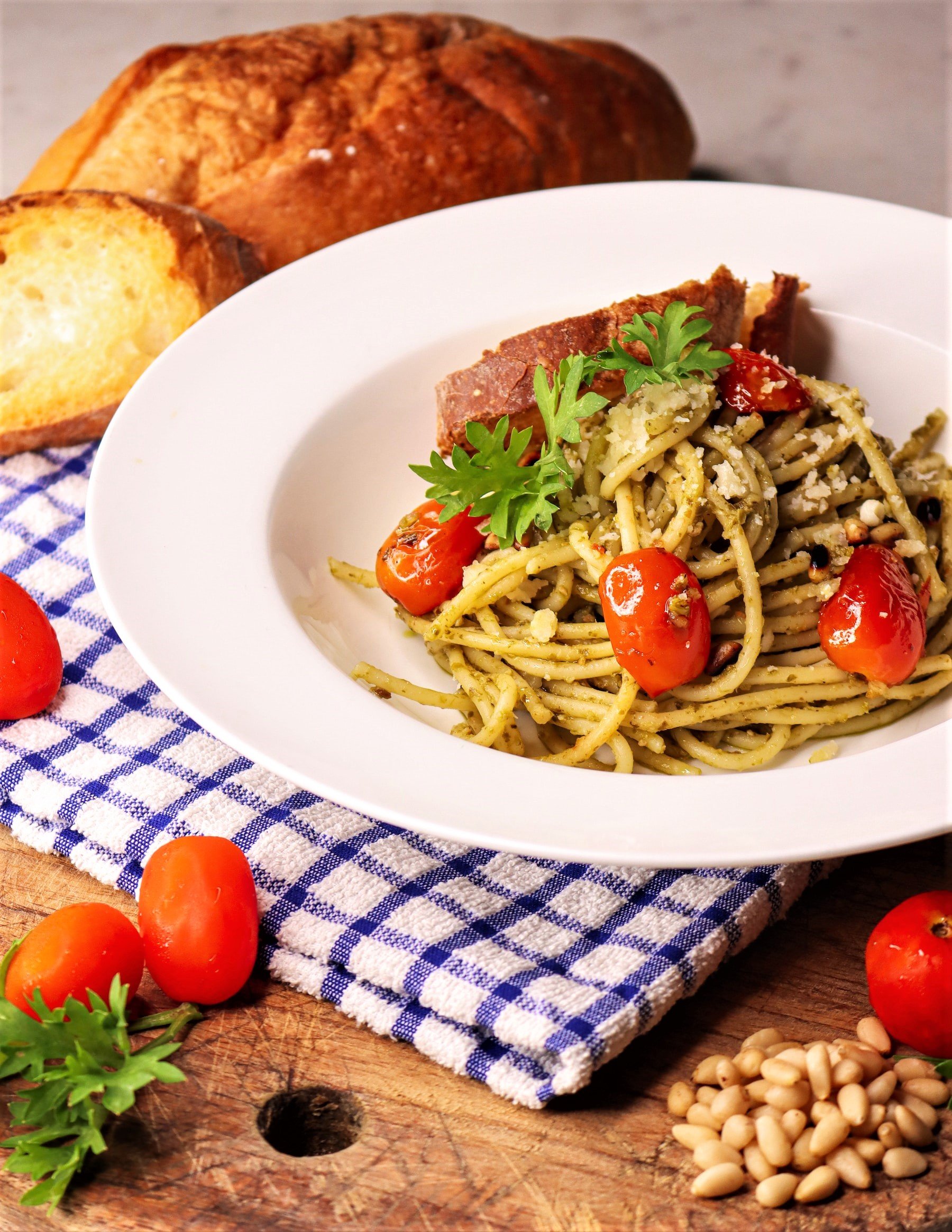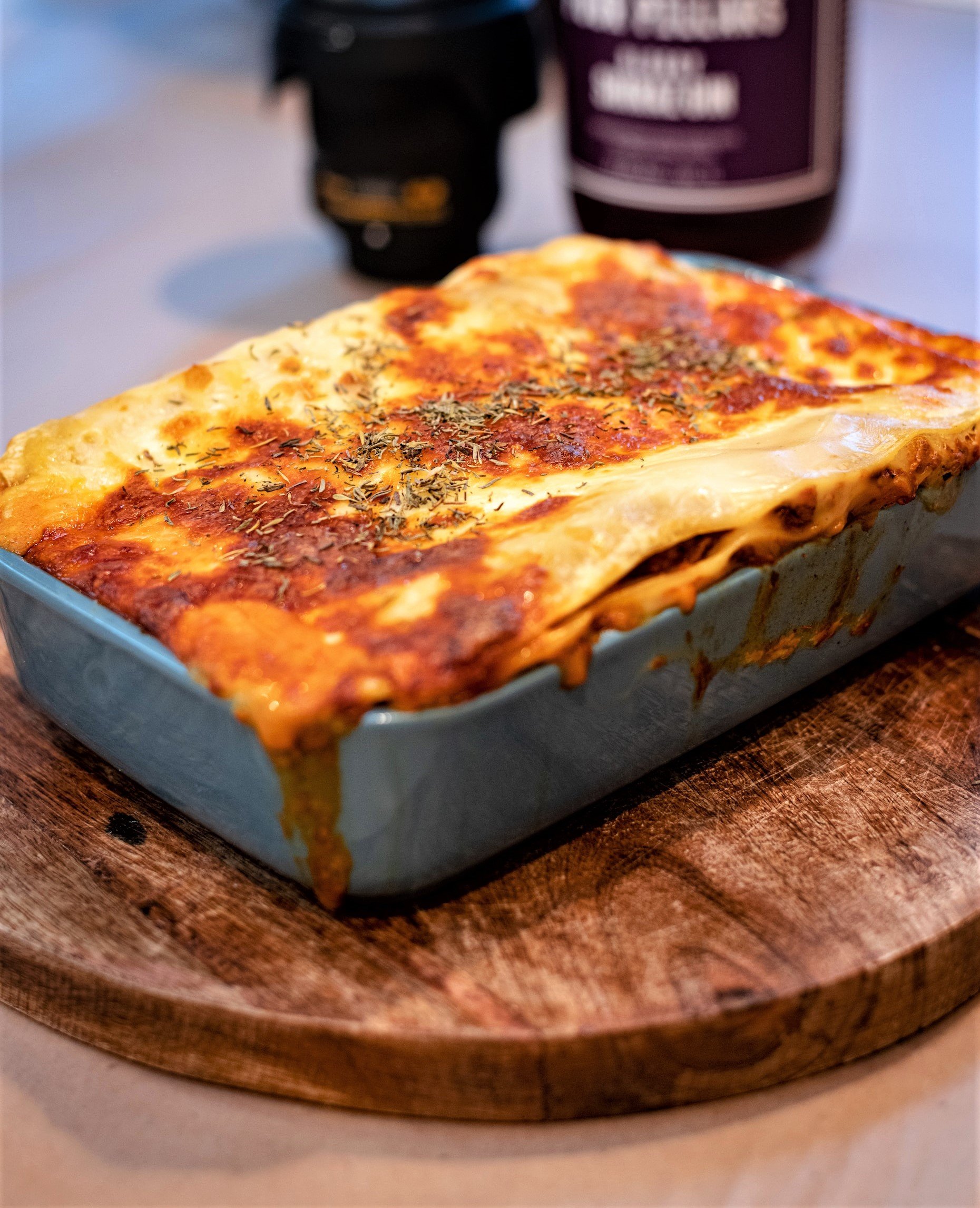By Jessica Scott-Reid
Jessica is a Canadian writer, animal advocate and plant-based food expert. Her work appears regularly in media across Canada and the US.
Food prices continue to soar across North America, with many consumers seeking out novel ways to make ends meet. Looking at the grocery budget, one may opt for discount items, or “ugly” produce or buying in bulk to help trim costs. But what if there was another way? Turns out, by simply switching from animal-based protein to whole food, plant-based sources of protein, those precious dollars could be saved.
According to research from Oxford University in 2021, adopting a plant-heavy diet could slash your food bill by up to one-third, in countries such as the US, the UK, Australia and across Western Europe. Another study out of the UK in 2020, showed that plant-based meals prepared at home cost on average 40% less than meat or fish-based dishes, or more specifically, “US$0.94 can be saved per person for every single meal,” according to Veganuary, the organization behind the research.
In Canada, a new government Food Guide was published in 2019, focusing more on plant proteins than the previous iteration, and it removed dairy as a food group. A subsequent study by Dalhousie University found that following the latest guide could save Canadian families around 6.8 per cent of their annual food costs, or about $1.30 a day and $475 a year for a family of four.
But what about today? Rates of inflation not seen in decades have plagued food prices across much of North America since those studies were conducted. Meat prices, for example, rose 7.4 per cent in January, the highest increase since 2004, while even dry beans and legumes increased 12 per cent.
Dr. Pamela Fergusson, a BC-based registered dietician, recently explained to The Toronto Star that when compared gram for gram, dollar for dollar, plant proteins continue to come out on top. For example, 100 grams of protein from skinless chicken breast costs around $10 in Canada, while 100 grams of protein in tofu (which has not seen a price increase in the last 12 months) costs around $6.
When looking at 100 grams of protein in a beef top sirloin the cost is around $8, while for the same amount of protein in lentils you will pay just under $3. Pork loin will cost you around $7 for 100 grams of protein, while the same amount from chickpeas will run you just over $2.
Chickpea “meatballs” and gnocchi bake. Source: Canada Food Guide
“Consuming plant-based proteins makes so much sense,” Fergusson tells PFN. “They are heart-healthy, better for the environment, and gram for gram they offer us the best value, when compared to animal-based protein.”
Matt Noble, executive director of Toronto Vegetarian Foodbank, sees this value in action. He says the foodbank, which provides groceries for around 5000 exclusively plant-based meals each month, can do so for about a dollar per meal. While Noble credits buying wholesale as part of the reason the foodbank can purchase groceries–which include fresh produce, tofu, dried plant proteins and other items—at such low cost, he also attributes it to the low price of items such as chickpeas and lentils.
“There are lots of people who are ‘accidental’ vegetarians or vegans," he says about people he comes across at the foodbank, "not doing it for animals, planet, health or religion, they are just doing it because they are dealing with poverty, and because rice and beans are like the cheapest thing you can eat.”
While plant-based meat-alternatives have been found to be typically more expensive than their highly subsidized meat counterparts, Nobel adds, “there are tons of people who understand that pulses are cheap and healthy, and they are defaulting to those.”
Fergusson offered advice to PFN readers looking to incorporate more plant-based foods into their diet, in a 2021 blog. She suggested looking to meals you already make and enjoy on a regular basis, and finding ways to incorporate plant-based proteins and alternatives in place of meat in dishes such as burgers, curries, lasagna, shepherd’s pie and stir-fries.
For those looking to substitute ground meat, for example, Fergusson suggests a meaty mixture of lentils, mushroom and chopped walnuts, and for those wanting to replace chicken in stir-fries or curries: chickpeas, soy curls or tofu. “It’s so easy,” she says, “to transform classic dishes into vegan versions.” Turns out, it’s more affordable, too.
SIGN UP BELOW FOR OUR MONTHLY EMAIL WITH LINKS TO OUR LATEST BLOGS AND A REMINDER TO FOLLOW US ON SOCIAL MEDIA FOR WAYS TO HAVE A POSITIVE IMPACT ON LIFE ON OUR PLANET.







